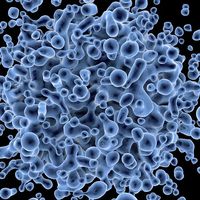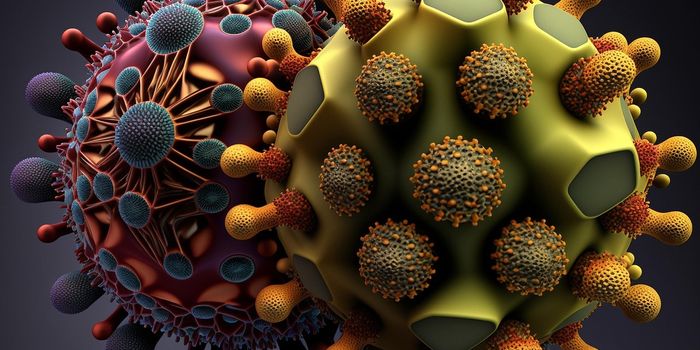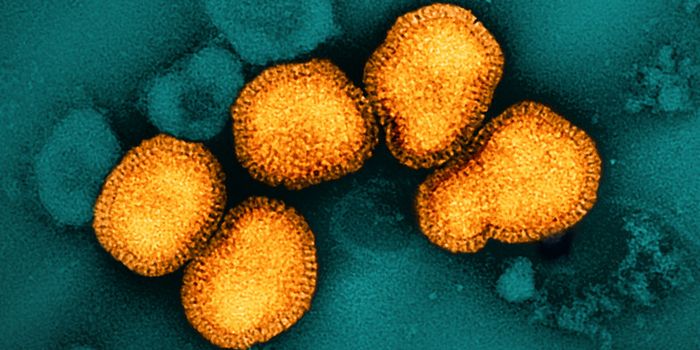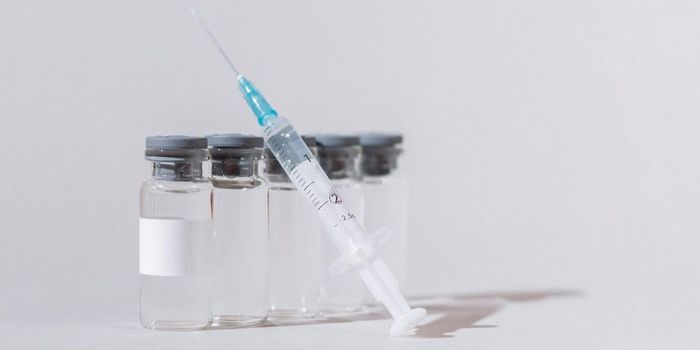Hidden Immune Cells Drive Type 1 Diabetes
Nearly two million Americans are affected by type 1 diabetes. Diabetes occurs when the body cannot produce enough insulin to breakdown sugar or glucose. As a result, patients have high blood pressure that is accompanied with many deleterious health effects. Many patients are diagnosed after a major depletion of insulin-producing cells. Symptoms include increased thirst, frequent urination, hunger, fatigue, and weight loss. The growing number of patients reflects the demand for more effective treatments. Currently, therapeutic options include consistent insulin intake and lifestyle changes with a healthy diet and exercise. While these treatments only mitigate symptoms, there is currently no cure for diabetes. Scientists have recently discovered that a small group of immune cells in the pancreatic lymph node may serve as a biomarker to detect and even prevent type 1 diabetes.
A recent article in Science Immunology, by Dr. Golnaz Vahedi and others, reported early detection of immune cells eliminating insulin-producing cells. Type 1 diabetes is a form of autoimmunity in which the body’s immune system attacks healthy cells. In this case, Vahedi and others have identified the cell’s responsible for an autoimmune reaction. Vahedi is Professor of Genetics and Deputy Director of the Institute for Immunology & Immune Health at the Perelman School of Medicine, University of Pennsylvania. Vahedi’s work focuses on the molecular mechanisms that drive immune cell function and how genetic variation can mediate disease.
Vahedi and others analyzed millions of immune cells from the pancreatic lymph nodes and spleens of organ donors with type 1 diabetes. Through computational analysis, the team identified an immune cell subset that is active in patients. This cell subset is known as a CD4+ T cell, which is responsible for activating other immune cells. Specifically, CD4+ T cells activate two proteins: NFKB1 and BACH2. Both proteins act as “switches” to turn genes on and off eliciting an immune response. Gene expression then dictates cell function by which proteins are produced. These CD4+ T cells accelerate the elimination of insulin-secreting cells causing type 1 diabetes. Scientists hope to target these CD4+ T cells to slow disease progression and even prevent patients from getting type 1 diabetes. Interestingly, this same immune cell pattern was demonstrated in pre-diabetic patients. Consequently, these data suggest that immune dysregulation occurs early while many insulin-producing cells are still functional.
The team also measured immune cells in the spleen and blood that indicate molecular changes. Since changes can be detected in the blood, researchers can use immune cell signatures as a biomarker to run less invasive diagnostic tests. Importantly, type 1 diabetes can be detected earlier, which would allow early intervention for patients. At-risk children can also be monitored if diabetes runs in the family. This is a major advance in the field of diabetic treatment. Researchers have discovered a way to detect risk of type 1 diabetes before patients lose most of their insulin-producing cells. As a result, Vahedi and others provide insight into the underlying immune activity behind the onset of type 1 diabetes and suggest a biological target to enhance treatment.
Article, Science Immunology, Golnaz Vahedi, Perelman School of Medicine, University of Pennsylvania








